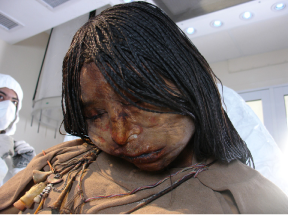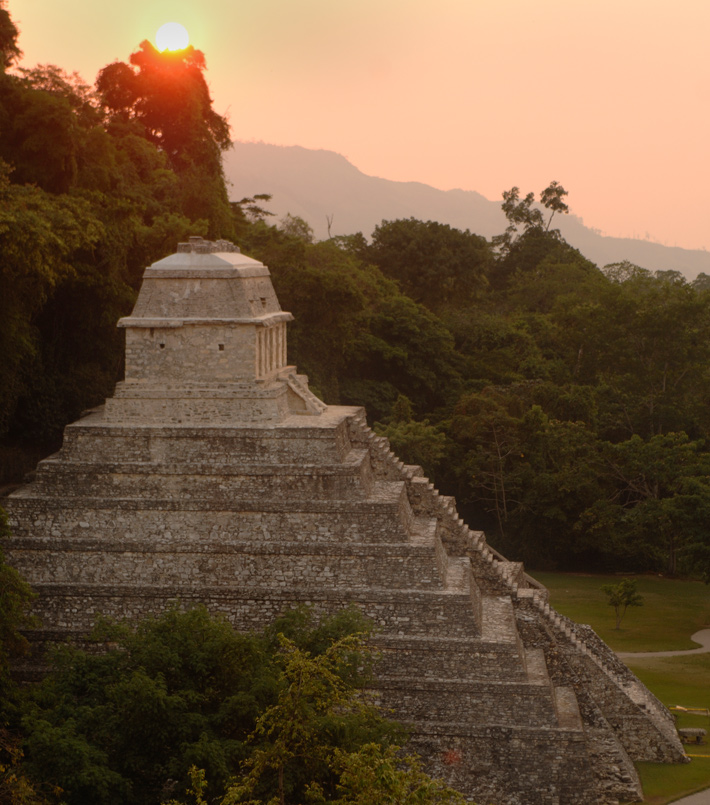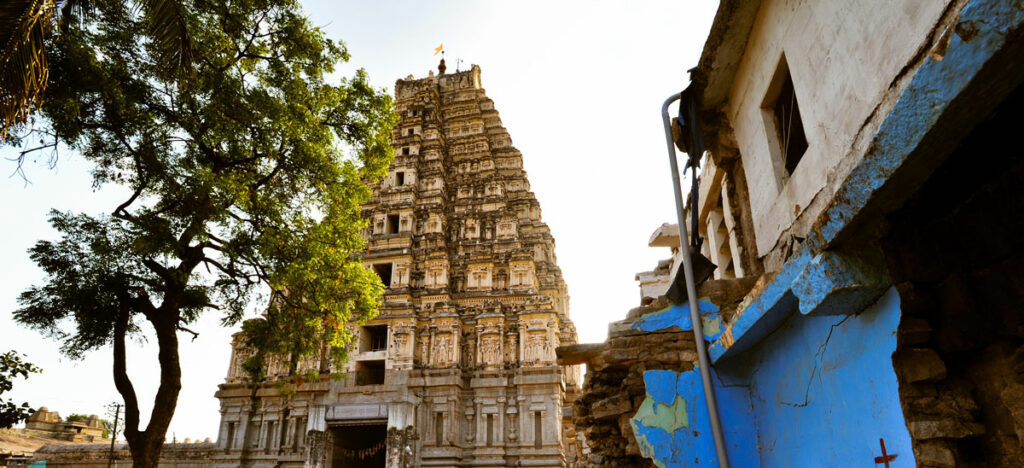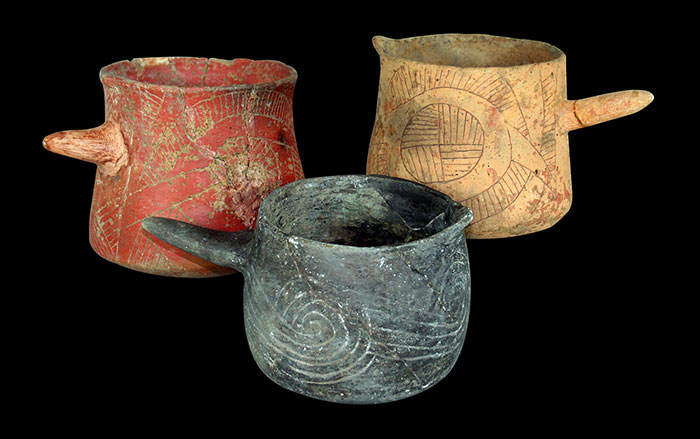The Black Death, brucellosis, leprosy: The pathogens that cause these diseases have been identified in ancient remains by their DNA. But the presence of such DNA doesn’t necessarily mean that the person who carried it was sick. For example, one can carry the bacterium that causes tuberculosis for years without suffering from a serious cough, fever, and weight loss.
In the case of three well-preserved 500-year-old mummies found in 1999 on high-and-dry Llullaillaco peak in Argentina, forensic examination and DNA tests suggested that one of them—a 15-year-old girl known as the “Llullaillaco Maiden”—suffered from a lung infection. But the DNA was degraded and the finding wasn’t definitive. Recently, forensic pathologist Angelique Corthals of Stonybrook University noticed what looked like traces of blood and mucus around the maiden’s mouth. She and her colleagues used swabs to take samples, hoping to determine where in the body the blood had come from. The team employed a technique called shotgun proteomics, used in modern medicine to look for biomarkers of diseases such as cancer, which involves separating and identifying specific proteins. “Lo and behold, we actually found a lot,” she says. “We didn’t expect so many proteins would survive 500 years. We saw a whole profile of the body’s immune system.”
Samples from the maiden showed the presence of several proteins strongly associated with severe, chronic lung inflammation. Alongside the DNA and other tests, the protein profile clearly showed the maiden suffered from a lung infection at the time of death, caused by the genus of bacterium that causes tuberculosis.
Proteomics has several advantages over DNA testing in identifying ancient diseases. Proteins degrade more slowly than DNA. The technique is also cheaper and less susceptible to contamination by modern sources. And because proteomics shows immune response to active disease, it can in some cases be used to infer cause of death. But not for the maiden—she was a sacrifice.











